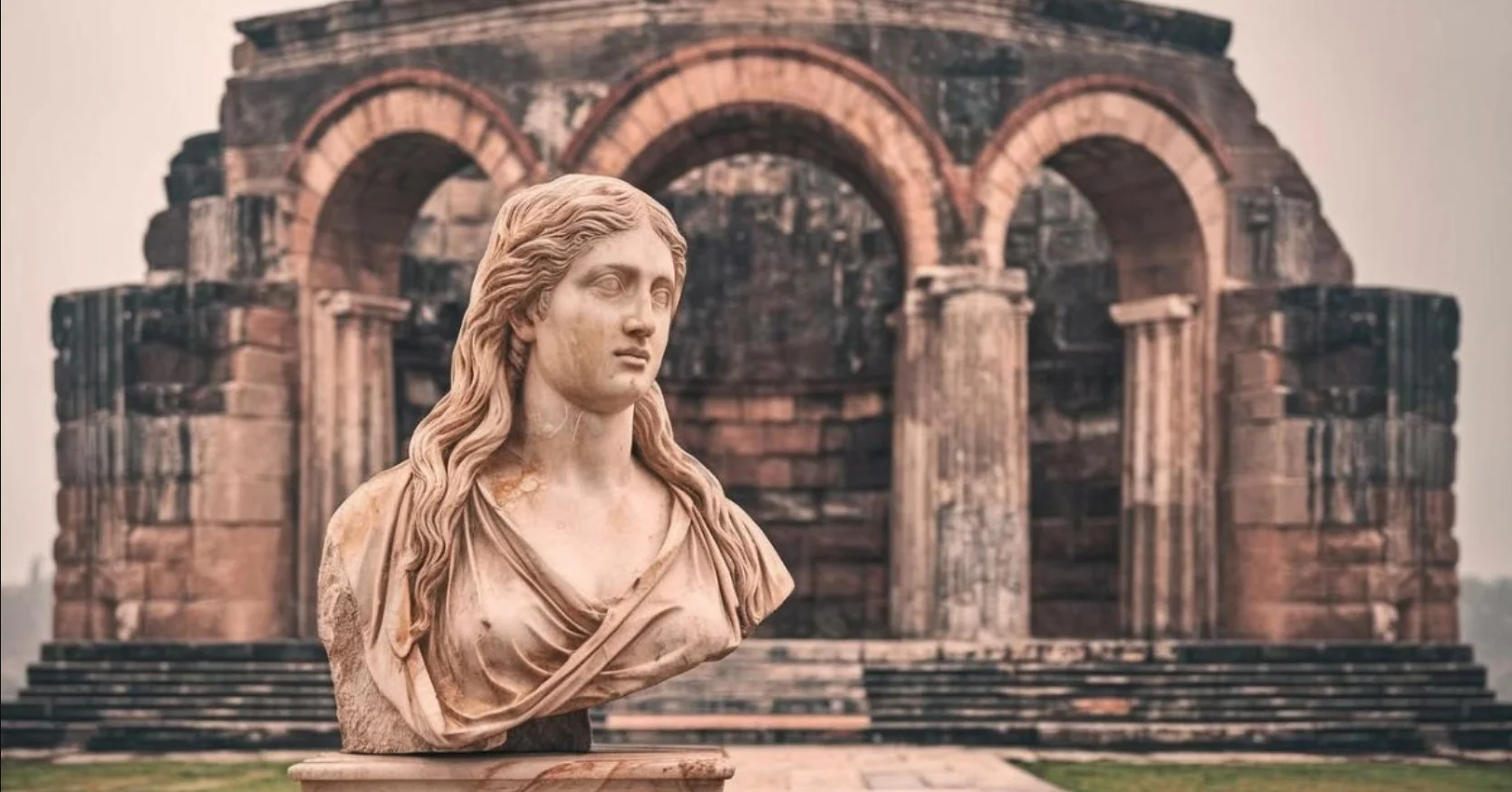The 1982 horror movie Poltergeist, directed by Tobe Hooper and produced by Steven Spielberg, remains a cinematic classic for its chilling supernatural elements and groundbreaking visual effects. However, what continues to haunt audiences more than 40 years after its release is the unsettling revelation that real skeletons were used during the production. This disturbing fact has ignited a whirlwind of conspiracy theories, rumors of a curse, and endless fascination. In this article, we will delve into why real skeletons were used, how this choice affected the cast and crew, and the ongoing legacy of this controversial decision.
Why Were Real Skeletons Used in Poltergeist?
The 1982 Movie Poltergeist Used Real Skeletons As – Tymoff in movies was not entirely uncommon in Hollywood at the time, primarily due to cost considerations. It may seem shocking today, but during the late 20th century, obtaining authentic human skeletons was often less expensive than crafting realistic, high-quality replicas. In 1982, the special effects industry was not as advanced as it is now, and many filmmakers sought to achieve as much realism as possible. Using real skeletons was simply a more economical and effective method for delivering the visual authenticity required for certain scenes.
In the case of Poltergeist, real skeletons were infamously used during a climactic scene where JoBeth Williams’ character, Diane Freeling, is dragged into a swimming pool filled with skeletons. The production team opted to use real human remains, rather than artificial skeletons, to heighten the eerie atmosphere. This decision was made with minimal fanfare at the time but has since sparked debate and outrage as more people became aware of the practice.
Ethical Considerations and the Fallout
The revelation that real skeletons were used in Poltergeist raised numerous ethical concerns in Hollywood and beyond. At the time, many in the industry did not see an issue with using real human remains in films, as they were often sourced legally from medical or scientific suppliers. However, modern audiences, reflecting on this, find the practice deeply disturbing.
The ethical dilemma revolves around the exploitation of human remains for entertainment purposes. While these skeletons were most likely obtained legally, the fact remains that using them in a horror film, where they are tossed around and treated as props, feels disrespectful to many. In retrospect, this controversial choice adds another layer of darkness to the Poltergeist legacy. Some argue that this disrespect towards the dead may have contributed to the eerie and tragic circumstances surrounding the cast and crew, which leads us to the next topic—the so-called Poltergeist curse.
The Poltergeist Curse Fact or Fiction?
The use of real skeletons in Poltergeist has been linked to what some call the “Poltergeist Curse.” This urban legend suggests that the use of human remains on set invoked a curse that plagued the lives of those involved in the film’s production. While skeptics dismiss this as mere coincidence, several tragic events have fueled belief in the curse.
The most famous example is the untimely death of Heather O’Rourke, who played the young Carol Anne Freeling. She passed away unexpectedly in 1988 at the age of 12 due to medical complications. Another tragic incident involved Dominique Dunne, who portrayed the eldest daughter, Dana. She was murdered by her ex-boyfriend shortly after the film’s release. These deaths, along with others associated with the franchise, including cast members from subsequent Poltergeist films, have created a narrative of an ominous curse surrounding the movie.
While there is no hard evidence linking the deaths to the use of real skeletons, the timing and frequency of these tragic events have become a focal point for believers in the supernatural. The curse theory is part of what has kept the story of the Poltergeist production alive in popular culture for decades.
How This Decision Affected the Cast and Crew
JoBeth Williams, the lead actress, has spoken about her experience filming the infamous swimming pool scene. According to her, the production team did not inform her initially that the skeletons were real. She only discovered the truth after the fact, leading to feelings of discomfort and unease. The thought of being in close physical contact with real human remains while filming an intense, emotional scene disturbed her and other members of the cast.
Craig T. Nelson, who played the patriarch Steve Freeling, and other key actors from the film have similarly expressed mixed feelings about the skeleton revelation. The production’s decision to use real human remains sparked a lasting conversation about what lines should and shouldn’t be crossed in the name of art, especially in a genre that often relies on shock value.
The Lasting Legacy of Poltergeist’s Skeleton Controversy
Over time, the use of real skeletons in Poltergeist has become a central part of the film’s lore. It has elevated the movie beyond just another supernatural horror and positioned it as a subject of academic and pop-culture discussion. Even though CGI has largely replaced the need for practical effects like real skeletons, the ethics of filmmaking and what is acceptable in pursuit of realism continue to evolve.
The movie industry today has become much more conscious of ethical considerations, ensuring that cast members are fully informed of all production choices. The shocking decision to use real skeletons in Poltergeist may have been driven by the limitations and norms of the time, but it also serves as a cautionary tale for modern filmmakers. It highlights the importance of transparency, respect, and the need to balance realism with ethical responsibility.
Conclusion A Haunting Legacy
The use of real skeletons in Poltergeist is one of the most notorious decisions in Hollywood history, sparking decades of fascination, rumors of curses, and ethical debate. The unsettling fact that the skeletons in the film were once real people adds a chilling layer to the movie’s already eerie atmosphere. While it may be easy to dismiss these choices as mere cost-saving measures, they left an indelible mark on the cast, the crew, and audiences alike.
The legacy of Poltergeist goes far beyond its on-screen scares, continuing to influence discussions about the responsibilities of filmmakers and the importance of ethical considerations in creative decisions.
Magazin Union guides you through the latest trends and stories, providing valuable information and perspectives on current events and more.





